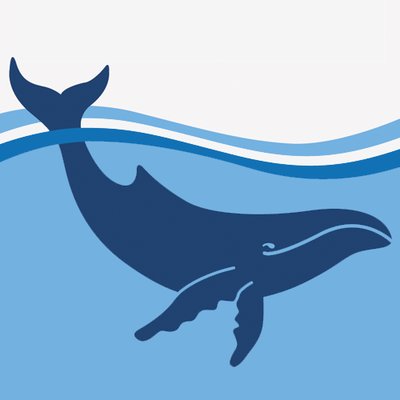Bird watchers will find it easier to identify the wide variety of feathered friends visiting Lake Illawarra with the launch of a new guide by Wollongong and Shellharbour City Councils today, Tuesday 22 January.
The colour brochure—funded by a grant from the NSW Local Land Services—highlights the diverse variety of birds that live in and migrate to Lake Illawarra each year.
“Lake Illawarra is a beautiful place that’s close to the hearts of those living across Wollongong and Shellharbour local government areas. It’s a space that’s used for a wide variety of recreational pursuits, including birdwatching,” Wollongong City Lord Mayor Councillor Gordon Bradbery AM said.
“When you see large numbers of birds around the Lake, it’s an indicator that it’s in good health. And this is good news for everyone. This brochure will make it easier to identify bird life and build awareness within our community of the key role this lake plays in the local natural ecology. This is not only about the birds but also about the protection of their habitats and in this case, Lake Illawarra. This is why the aquatic life must be protected as well.”
The new Birds of Lake Illawarra brochure includes images of common birds you may see around the lake and provides information on their preferred habitat.
Shellharbour City Mayor Cr Marianne Saliba encouraged both locals and visitors to use the brochure to gain a deeper appreciation for the bird life around Lake Illawarra.
“As well as birds that live in the area, the lake is also home to many migratory birds, some of whom travel for more than 26,000 kilometres to rest, feed and breed in this area,” said Cr Saliba.
“Some birds that you will probably always see around Lake Illawarra are the classic silver gulls, better known as sea gulls, as well as cormorants, pelicans and ducks. This brochure will help people identify other species including egrets, herons and spoonbills.”
Migratory waterbirds, such as plovers, sandpipers, stints, curlews and snipes, can make round trip migrations of up to 26,000 kilometres each year between their summer breeding grounds in the northern hemisphere and their feeding areas in the south.
These trips are made over several weeks, with brief stops at staging sites along the way to rest and refuel for the next leg of their journey. This waterbird migration is known as the East Asian—Australasian Flyway. Stretching across 22 countries it is one of eight major waterbird flyways recognised around the globe.
The brochure suggests four walks you can do to spot these birds and the best times to go birdwatching. The brochure is one of the actions listed in the draft Coastal Management Program for the Lake that was recently put out for community consultation.
Other actions within the draft program are aimed at enhancing water quality, caring for vegetation, reducing sediment runoff that may smother seagrasses, and developing a fauna management program to ensure that shorebird habitat and nesting sites are protected. The program is expected to be reported to the respective Councils in the next few months prior to being submitted to the NSW Government for certification.









